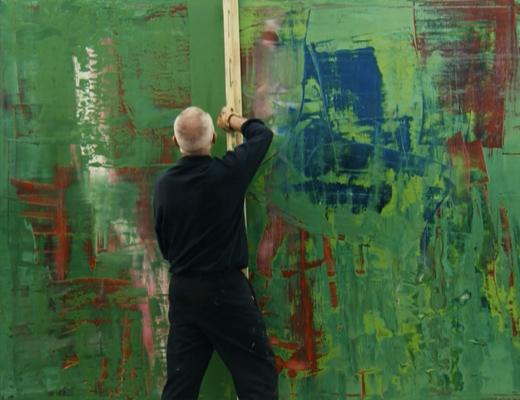
Did you know Gerhard Richter prepares the large surfaces for his works manually? They look like photos, but in fact they are paintings
Gerhard Richter (Dresden, Germany, 1932) produced over 20 seascapes between the late 1960s and 1998. Most of them are oil on canvas, but there are drawings too. In this artworks, Richter creates an illusion that could deceive the perception of those who contemplate it, by attributing photographic characteristics to his paintings. Some of this works They begin as photo collages, bringing together two different photographs, a sky and a sea that belong to different moments, to create the ideal composition—an illusion where perspective and light catch the viewer’s eye. After the photo collage, Richter added the diluted oil paint, extending it with a brush first and with squeegees after. The result of this technique could remind us of the colors and textures of abstract expressionism; it is a medium used by the artist in many of his abstract art works as well. At first, he used scrapers, which grew in size to match the dimension of the canvas, and it took great skill and physical strength to handle them. The picture shows Richter using one of these tools. When scraping the surface coated in diluted oil paint—sometimes covering a figurative image underneath—he produced an abstract painting, an effect he liked.
